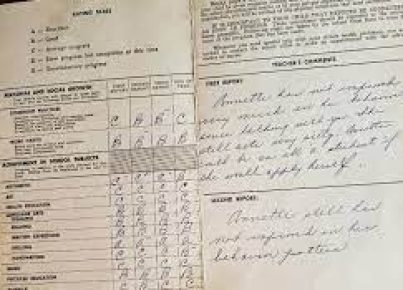Formative assessment is the evaluation of a student’s progress towards achieving a specific academic goal. They are typically conducted at regular intervals and are administered by the teacher who studies the feedback and uses the information they get to help their students’ growth and progress towards their academic goals.
Teachers can use different methods to perform the in-process evaluation of student comprehension, academic progress, and learning needs during a unit, lesson, or course. Such methods can include summaries and reflections, charts, lists, exit cards, graphic organizers, visual representation of information, and collaborative activities. Using formative assessments, teachers can recognize concepts that students are finding difficult to understand, skills they’re struggling to gain, or learning standards they haven’t yet achieved. All these will help them adjust their instructional techniques, lesson plans, and academic support to help students improve their learning. Such assessments help students identify their weaknesses and strengths and target areas that they’ll need to work upon. Thus, formative assessment stands for tools that help spot struggles, misconceptions, and learning gaps along the way and evaluate ways to close those gaps. The process includes effective tools that help shape learning. It can even strengthen students’ abilities to take ownership of their learning when they realize that the objective is to improve their knowledge, not just focus on the final marks they receive.
If teachers decide to use a formative assessment, a good idea would be to ask open-ended questions to determine how well their students understand the task. Students will respond to the questions differently, with some providing answers eagerly and others opting for silence. As a result, it is common for specific students to dominate the formative assessment period. To combat this, teachers can organize the test so that everyone participates significantly and can be more committed. Teachers shouldn’t forget that the students’ hesitance to answer questions may stem from shyness, not understanding the topic, lack of confidence, etc. They can mold such a situation by rephrasing the question or asking another student to help out.
Formative assessment can be peer-led, tutor-led, or involve self-assessment. Since such assessments have low stakes and usually carry no or low point value or grade, they may, in some instances, put off the students from performing the task or engaging with it completely. Yet, this mode of assessment can support students to become self-directed learners. Additionally, it enables teachers to get evidence of student learning and make the necessary adjustments to help them achieve the intended learning outcomes.




